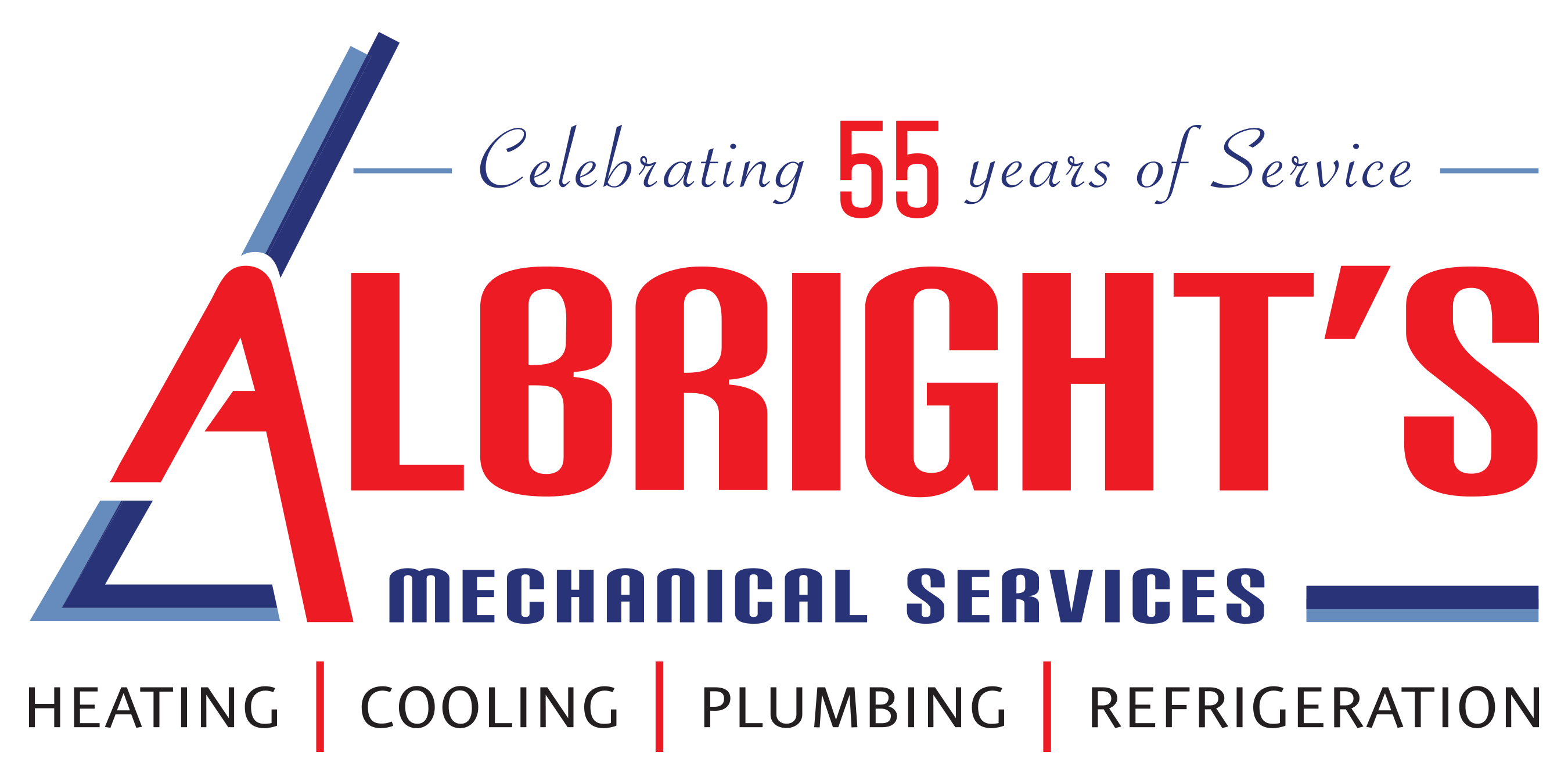The Pros and Cons of Ductless Mini-Split HVAC Systems: A Comprehensive Guide
When it comes to choosing the right HVAC system for your home, there are several factors to consider. One option that has gained popularity in recent years is the ductless mini-split HVAC system. In this blog post, we will delve into the pros and cons of ductless mini-split systems, providing you with the necessary information to make an informed decision for your HVAC needs.
Pros:
1. Energy Efficiency:
Ductless mini-split systems are highly energy-efficient, as they eliminate the energy loss associated with ductwork. With individual air handlers in each room, you can control the temperature in specific areas, reducing energy waste.
2. Easy Installation:
Unlike traditional HVAC systems, ductless mini-splits require minimal installation work. They consist of an outdoor unit and one or more indoor units connected by a small conduit, making them ideal for retrofitting older homes or adding climate control to specific areas.
3. Zoning Capabilities:
One of the significant advantages of ductless mini-splits is their zoning capabilities. Each indoor unit can be controlled independently, allowing you to customize the temperature in different rooms according to individual preferences, enhancing comfort and energy efficiency.
4. Improved Indoor Air Quality:
Ductwork in traditional HVAC systems can accumulate dust, allergens, and other pollutants over time. Ductless mini-split systems eliminate this issue, providing cleaner air by using multi-stage filtration systems that capture dust, pollen, and other particles.
Cons:
1. Higher Initial Cost:
Ductless mini-split systems tend to have a higher upfront cost compared to traditional HVAC systems. However, the long-term energy savings and increased comfort they provide can offset this initial investment.
2. Limited Cooling Capacity:
While ductless mini-splits are suitable for cooling individual rooms or small areas, they may not be the best option for larger homes or open floor plans. It is important to assess your cooling needs and consult with a professional to determine if a ductless system is appropriate for your space.
3. Aesthetics:
The indoor units of ductless mini-split systems are visible and mounted on walls or ceilings. While they are designed to be sleek and unobtrusive, some homeowners may find them less aesthetically pleasing compared to central HVAC systems.
Albright's Mechanical Services
Ductless mini-split HVAC systems offer numerous benefits, including energy efficiency, easy installation, zoning capabilities, and improved indoor air quality. However, they may not be suitable for every home due to their higher initial cost, limited cooling capacity, and potential aesthetic concerns. It is crucial to evaluate your specific needs and consult with HVAC professionals to determine if a ductless mini-split system is the right choice for you.
At Albright's Mechanical Services, we specialize in providing top-notch HVAC solutions tailored to your unique requirements. Whether you are considering a ductless mini-split system or exploring other HVAC options, our team of experts is here to assist you. Contact us today to schedule a consultation and experience the exceptional service we offer.


.2309271126550.jpg)